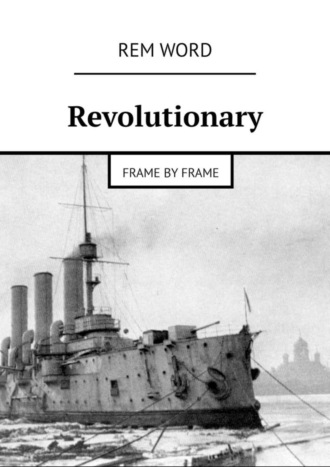Revolutionary. Frame by frame

Полная версия
Revolutionary. Frame by frame
Жанр: публицистическая литературабиографии и мемуарыполитологияисторическая научная и учебная литератураобщая историяпублицистика
Язык: Английский
Год издания: 2019
Добавлена:
Настройки чтения
Размер шрифта
Высота строк
Поля
Конец ознакомительного фрагмента
Купить и скачать всю книгу
